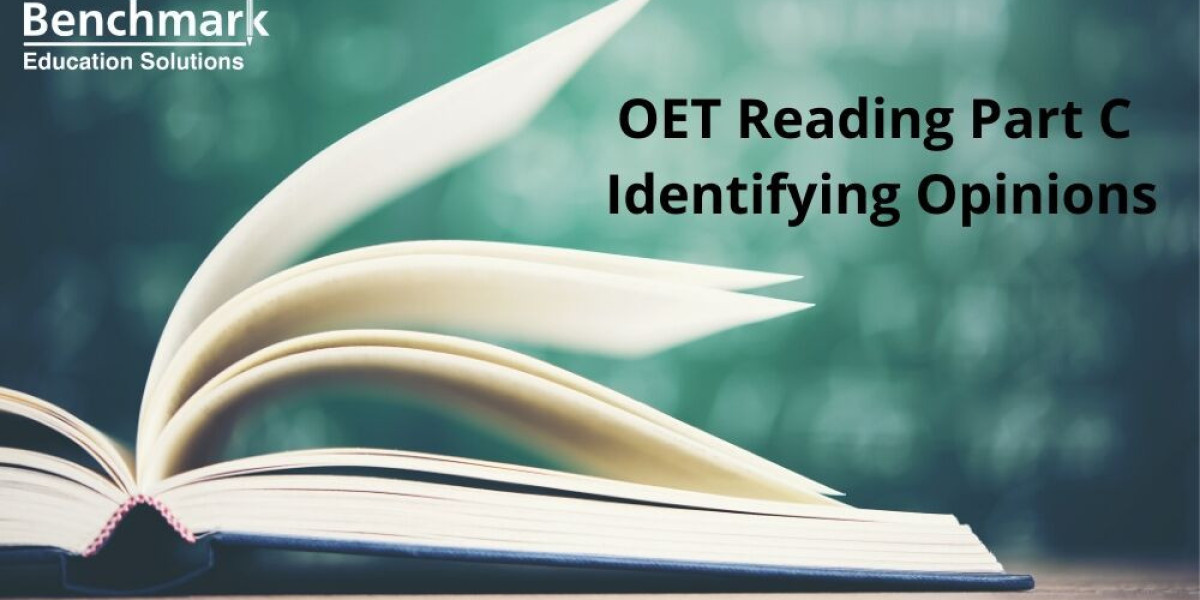In OET Reading Part C, understanding the entire passage and identifying opinions is crucial. Opinions can be the writer's or others' views expressed in the text. Recognizing opinions involves looking for specific signals and understanding the context.
Common Opinion-Signaling Words: Look for words like "think," "belief," and "say," which often indicate opinions. For instance, "I believe some clinics do good work" or "I don't think the media portrayal of HIV is helpful."
Hedging Words: Words like "likely" and "probably" suggest uncertainty and signal opinions. For example, "Increasing your physical activity is probably easier than you think."
Emotion or Subjective Judgment: Opinions often contain judgment words like "good," "bad," or "remarkable." For instance, "This is a compelling idea" indicates the writer finds the idea interesting.
Main Clause Opinions: In sentences with contrasting opinions, the main clause usually holds the writer's opinion. For example, "Despite the challenges, the hospital remains the best hope" indicates the hospital is seen positively.
By practicing these tips and recognizing these signals, you can better identify opinions in OET Reading Part C. For additional practice, refer to OET Reading materials.
For more info: https://edubenchmark.com/blog/tips-for-identifying-opinions-in-oet-reading-exam-part-c/







